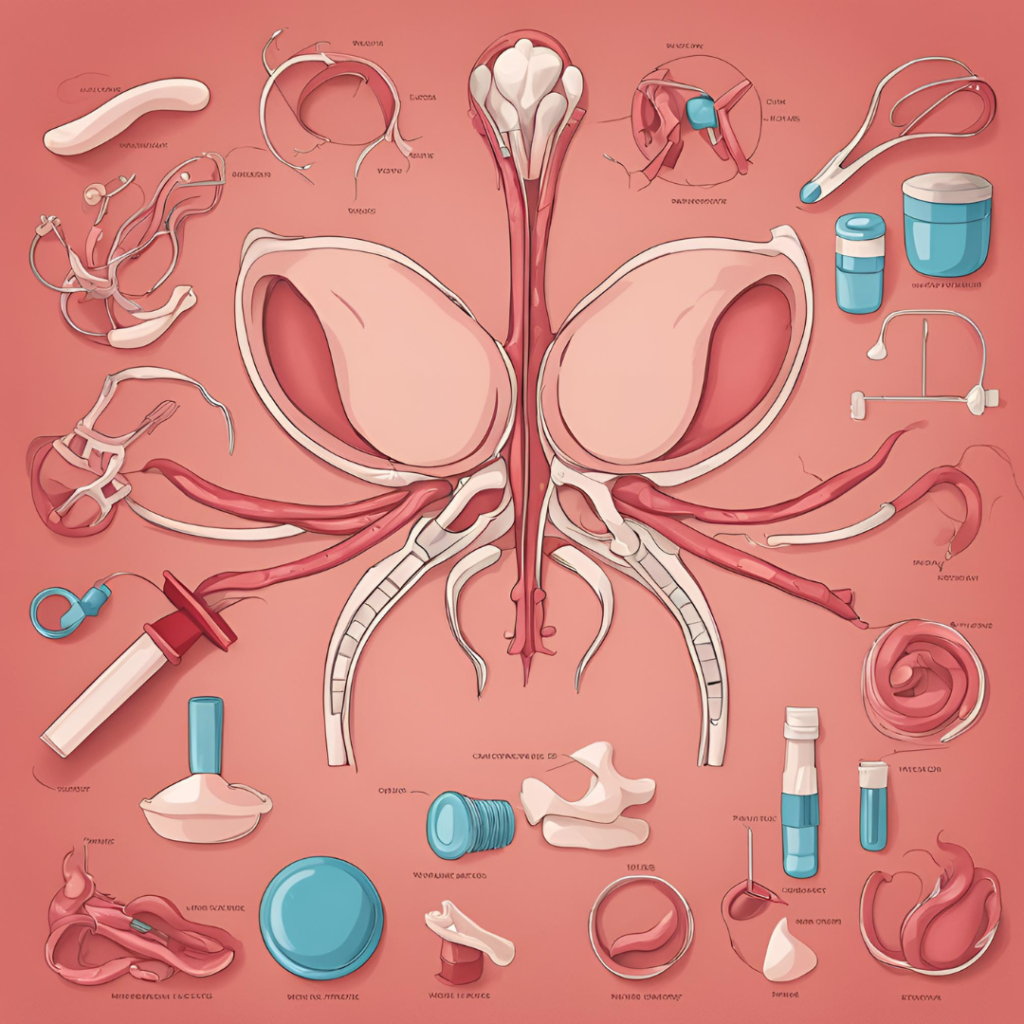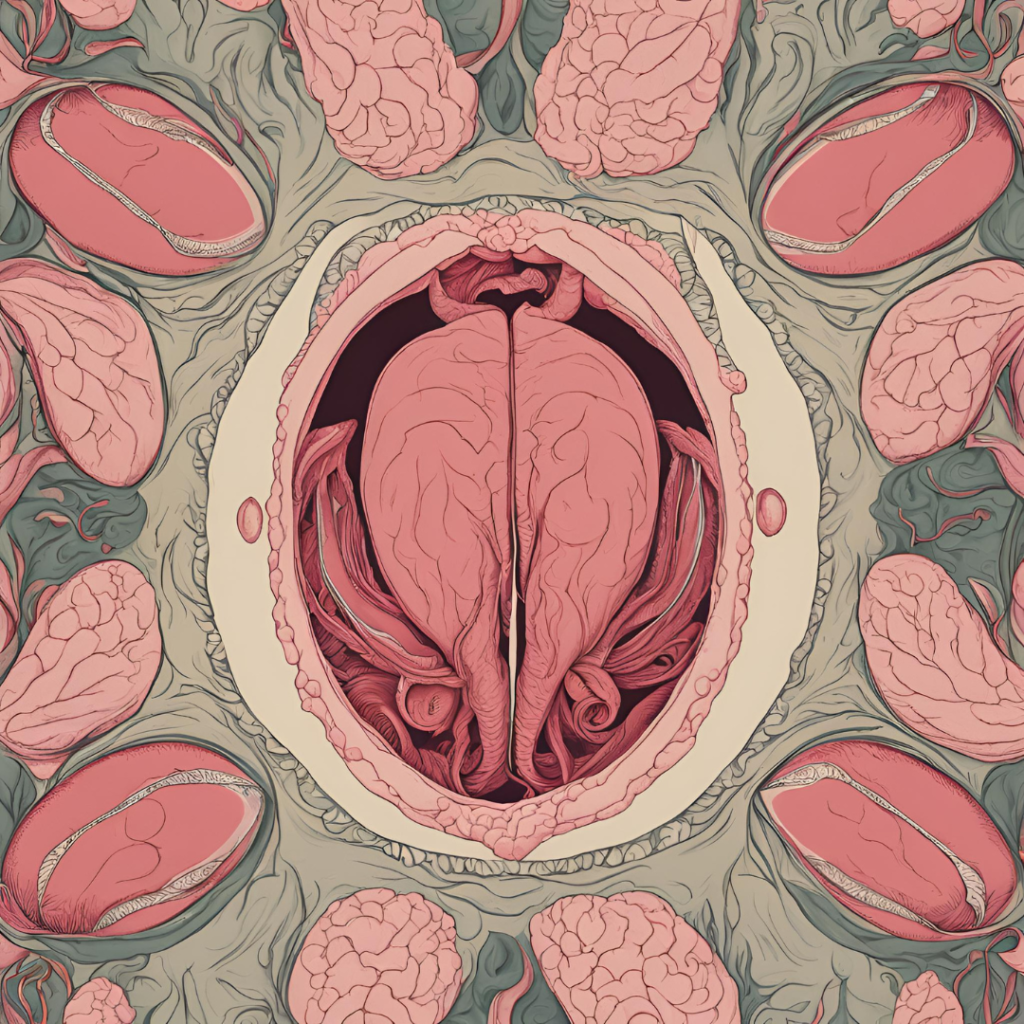
Why does the uterus have to be removed?
According to the World Health Organization, in the year 2016, 1,540,000 women had to undergo hysterectomy. There can be many reasons for removing the uterus. Prolapse of the uterus: Due to weakening of the tissue and ligaments supporting the uterus, the uterus can slip out of its place. This can happen after delivery or with increasing age.
1. Uterine cancer
Uterine cancer can occur due to many reasons. Due to cancer or neoplasm, the uterus may be removed. In such a situation, both the gynaecologist and the surgeon together decide what type of surgery is to be performed.
2. Endometriosis
Endometriosis is a chronic gynaecological disease where tissue similar to the lining of the uterus begins to grow outside the uterus. This can cause severe pelvic pain, make it difficult to get pregnant and increase the risk of heart disease. In such a situation, the uterus may be removed.
3. Uterine dilation
Uterine dilation, also known as cervical dilation, is the process by which the cervix opens during labour to allow the baby to pass through the uterus. Curettage is a surgical procedure that involves scraping and removing tissue from the lining of the uterus, also known as the endometrium. In both situations the doctor may advise removal of the uterus if the bleeding does not stop due to these reasons, the uterus may be removed.
4. Vaginal pain
Many medical conditions can cause prolonged vaginal pain, which may result in removal of the uterus. Often women take vaginal pain lightly and ignore it, but its consequences can be serious.
5. Tumor
Although removal of the uterus is not the solution to all problems because it has many side effects, but if there is a tumor in the uterus and the tumor is not reducing with treatment, then in such a situation it becomes necessary to remove the uterus to keep other parts of the body safe.
6. Other reasons for removal of uterus
6.1. Weakening of body with age
6.2. Stoppage of menstruation
6.3. Gain excess weight
6.4. By not doing physical activity
6.5. Weakness of women’s buttocks due to aging

Hysterectomy Procedure
1. Abdominal hysterectomy
In this surgery, the uterus is removed by making a 6 to 8 inch long incision in the abdomen. This procedure is done when the uterus has become very large or the cancer has spread to other pelvic areas. After hysterectomy, the woman cannot have children and menstruation stops. The ovaries normally continue to produce hormones, although their activity may decrease in some cases. Some hysterectomies also involve removal of the ovaries, so the supply of essential female hormones is greatly reduced.
2. Vaginal hysterectomy
This procedure is often done when the uterus has prolapsed or to treat a non-cancerous cyst. Vaginal hysterectomy is a surgical procedure to remove the uterus through the vagina. During a vaginal hysterectomy, before removing the uterus, the surgeon separates the uterus from the ovaries, fallopian tubes, and upper vagina, along with the blood vessels and connective tissue that support it. This procedure is often done when the uterus has prolapsed or to treat a non-cancerous cyst.
3. Laparoscopic hysterectomy
Laparoscopic surgery is also known as keyhole surgery. During the procedure a small tube containing a telescope and a small video camera will be inserted through a small cut in the abdomen. This allows the surgeon to see your internal organs. The surgeon looks inside the uterus through a camera and cuts the excess muscle at a specific location and takes it out.
4. Robotic-assisted hysterectomy
In this surgery, the surgeon himself is not involved in the surgery but performs the surgery indirectly with the help of the robot, but moving and controlling the robot is an important task of the surgeon.
This information is written by
Mr Suhas Dadarao Avhad
Author and CEO (www.usahealthy.net)

